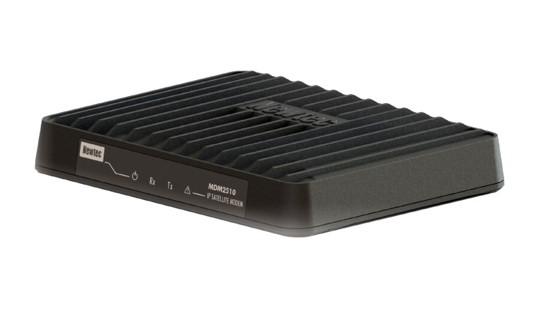Imagine stepping into a realm where television broadcasting undergoes a silent revolution, and leading this charge is none other than VSAT TV – Very Small Aperture Terminal Television. Join me as we unravel the intricacies of VSAT TV technology, peeling back the layers to expose its components, demystifying its workings, and immersing ourselves in the mind-bending advantages it brings to the broadcasting landscape.
1. Satellite Communication Infrastructure: Where the Cosmic Ballet Unfolds
Close your eyes and envision a tapestry of innovation unfurling across the cosmos. At the heart of VSAT TV lies a marvelously intricate satellite communication infrastructure – colossal communication satellites gracefully pirouetting in geostationary positions. Picture these celestial relay stations, armed with transponders that catch, amplify, and echo television signals to and from VSAT terminals grounded on Earth. It’s a cosmic ballet where technology meets the heavens.
2. VSAT Terminal Components: Small Wonders in a Technological Wonderland
Now, let’s wander into the heart of this technological wonderland – the VSAT terminal, a portal into an alternate dimension of broadcasting brilliance. First in line is the small aperture antenna, a miniature satellite dish radiating potential. Compact, yet powerful, ranging from 0.75 to 1.2 meters in diameter, it’s the unsung hero of homes and off-the-grid installations.
Next in our fantastical journey is the transceiver, a multitasking virtuoso playing the roles of both a transmitter and a receiver. Imagine it as a conductor, orchestrating signals to dance with the satellite and then bringing them back to Earth for your television. Amidst this symphony is the modem, the digital maestro translating TV signals into a satellite-friendly format. And let’s not overlook the Low-Noise Block Downconverter (LNB), an otherworldly entity amplifying and transforming received signals for further processing.
3. Signal Transmission and Reception: Bridging Distances with Cosmic Harmony
As we venture further, witness the cosmic harmony of signal transmission. The VSAT terminal takes the lead, a technological sorcerer, guiding TV signals on a journey to the satellite using a specific frequency band. Picture the satellite – a celestial conductor – receiving, amplifying, and then elegantly retransmitting these signals back to Earth. It’s a symphony of waves spanning vast distances, reaching even the farthest corners like a cosmic lullaby.
4. Advantages of VSAT TV: Elevating Broadcasting Beyond the Ordinary
Now, let’s bask in the otherworldly glow of VSAT TV’s advantages – each like a dazzling star in the broadcasting constellation.
Firstly, its wide coverage paints a canvas where broadcasters can reach audiences in remote and rural areas, places where traditional infrastructure stumbles like an earthbound explorer.
Secondly, the reliability of VSAT TV is a beacon in the technological fog. The satellite communication infrastructure guarantees a consistent signal delivery, weathering disruptions with cosmic grace.
Imagine scalability as a magical growth spurt. Broadcasters can effortlessly expand their coverage, deploying additional VSAT terminals as needed, like technological seeds sprouting in the cosmic soil.
Lastly, the high quality delivered by VSAT technology is a visual and auditory feast, an otherworldly experience for broadcasting content in various formats, including the realms of high-definition and the potential for ultra-high-definition.
In Conclusion: Navigating the Cosmos of Broadcasting Innovation
As we conclude this cosmic odyssey, VSAT TV stands as a beacon, not just of technology, but of an evolution – a testament to the boundless possibilities in the broadcasting universe. It’s not merely a revolution; it’s a celestial dance of innovation. So, let’s raise a toast to VSAT TV – the enigmatic hero bringing the future of broadcasting to our screens in a perplexing yet captivating dance of cosmic brilliance.



 العربية
العربية Français
Français Português
Português گؤنئی آذربایجان
گؤنئی آذربایجان Türkçe
Türkçe Lietuviškai
Lietuviškai Español
Español